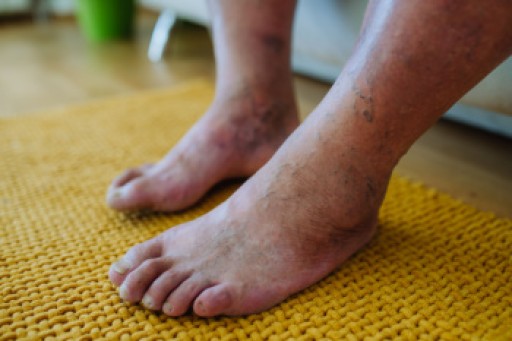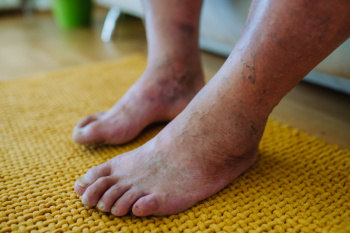
Gout is a form of arthritis that commonly affects the feet, particularly the big toe, as well as the ankles. Gout develops when high levels of urate in the blood lead to the formation of sharp crystals in the joints that trigger inflammation. This results in sudden flares of severe pain, swelling, redness, and warmth in the affected area. These episodes often begin at night and can last several days, making walking and wearing shoes uncomfortable. Without treatment, repeated gout flares may lead to persistent joint pain and damage. Some people with gout also develop tophi, which are firm lumps of urate crystals that can form under the skin around the foot or ankle. While tophi do not always cause pain, they can limit movement and become inflamed or infected. A podiatrist can help manage gout by assessing your foot health, recommending lifestyle and dietary adjustments, and discussing ways to prevent long-term complications. If you have foot or ankle pain related to gout, it is suggested that you schedule an appointment with a podiatrist for a diagnosis and treatment options.
Gout is a foot condition that requires certain treatment and care. If you are seeking treatment, contact Terri Quebedeaux, DPM from Agave Podiatry . Our doctor will treat your foot and ankle needs.
What Is Gout?
Gout is a type of arthritis caused by a buildup of uric acid in the bloodstream. It often develops in the foot, especially the big toe area, although it can manifest in other parts of the body as well. Gout can make walking and standing very painful and is especially common in diabetics and the obese.
People typically get gout because of a poor diet. Genetic predisposition is also a factor. The children of parents who have had gout frequently have a chance of developing it themselves.
Gout can easily be identified by redness and inflammation of the big toe and the surrounding areas of the foot. Other symptoms include extreme fatigue, joint pain, and running high fevers. Sometimes corticosteroid drugs can be prescribed to treat gout, but the best way to combat this disease is to get more exercise and eat a better diet.
If you have any questions please feel free to contact our offices located in Seguin, LaVernia, Gonzales, and Lockhart, TX . We offer the newest diagnostic and treatment technologies for all your foot and ankle needs.











